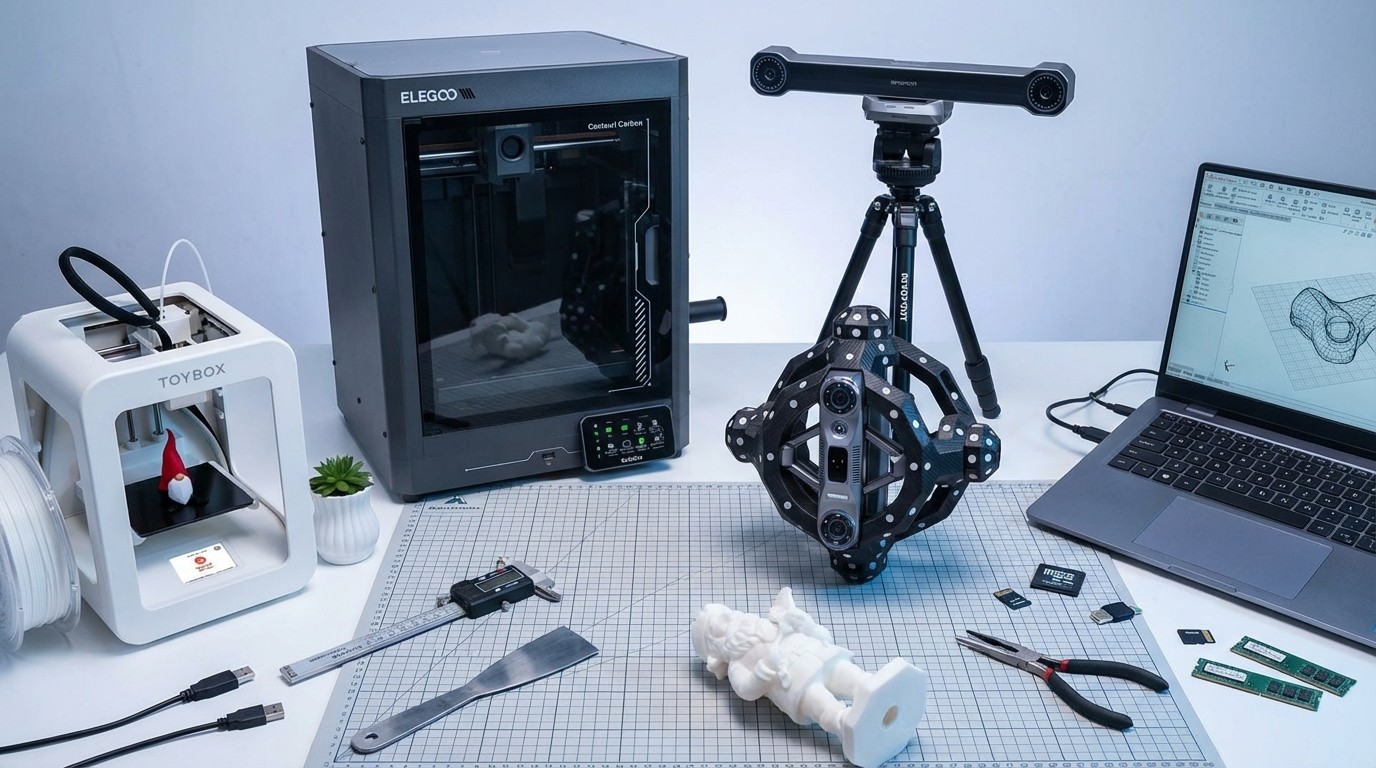The TikTok logo: history and inspiration
The TikTok logo may seem pretty straightforward, but there's actually more to it than you might think. And while TikTok is the youngest of the social media giants, the TikTok logo has already undergone a few tweaks to achieve a punchy design that seems perfectly suited to the TikTok vibe.
So what does the TikTok logo mean, and why does it work so well? Below we take a closer look at the evolution of TikTok logo since its creation back in 2016, and also the meaning behind the design. For more logo inspiration, don't miss our piece the YouTube logo history. If you're looking to make your own designs, see our tips on how to design a logo.
The TikTok logo history

TikTok was quite a unique social media platform when it burst onto the scene in 2017. The micro-video format clicked with a younger generation that wanted to do more than just share images of their dinner on social media – a generation that wanted to perform. As a result, the app rapidly gained a following. But the TikTok logo actually predates the existence of TikTok as a brand.
It all started in 2016, when China's ByteDance launched an app called A.me. The app was soon renamed Douyin, which means something like 'shaking sound'. What we know as the TikTok logo was actually created for this Chinese app, hence why it comprises a musical note that looks like it's shaking and also happens to resemble a letter D.

The TikTok logo inspiration
While the use of a musical note might seem a little misleading since TikTok is a video-based social media app rather than a music streaming service, it fits Douyin's name and also makes sense given that one of the app's main specialities, at least initially, was lipsynching videos. It was the ability to add music and reuse the sound from other videos on the platform, that helped the app to take off.
The company itself says that it wanted a logo that "spoke to the stage that TikTok had created for so many talented people." The result was "designed to inspire creativity and brings joy to fans and creators across the globe". Aww.

The designer, who TikTok doesn't name, apparently "chose the colour black as the background of the logo to excite users for the performances behind the app." Fair enough. Black also has the benefit of being different from the colours of any of the main established social media platforms, and perhaps even felt a bit rebellious. The cyan and fuchsia shadows were apparently inspired by the designer's observation of the contrast between the dark backdrop and lighting effects at live music concerts.
Daily design news, reviews, how-tos and more, as picked by the editors.
The first TikTok logo

In 2017, ByteDance began its app outside of China as a separate app named TikTok after buying Musical.ly, a short-form video app based in Shanghai that already had a user base in the US. But it kept the same logo that it was using for its Chinese product, after all a musical note has the advantage that it's a universal symbol rather than limited to a particular culture or language, so there was no issue with the logo not working in the west.
The TikTok name was incorporated under the logo, initially spelled as two words in a basic sans serif font with squared-off corners.
The TikTok logo today

By the end of 2018, TikTok had grown to have 271 million users (it's since surpassed the one billion mark). At this point, the brand decided to dedicate a bit more time to finding the right font for the logo, and created the TikTok wordmark that's still in use today. In the original logo, the text felt like a bit of an afterthought, flung on haphazardly below the mark, which it probably was.
In the redesign, the text was made to look lot more connected to the glyph aesthetically, with heavier type, and the space between TikTok removed. A cyan and fuchsia shadow effect was added to the "O" to mirror to enhance the connection and creative a more coherent whole.
Why the TikTok logo works
For most TikTok users, the TikTok logo's resemblance to a 'D' and its representation of the meaning of 'Douyin' is irrelevant since they're unaware of the TikTok logo's history and even the existence of the Chinese app. But yet still the logo seems to work perfectly despite the fact that it was apparently created in-house by an unnamed designer rather than by a branding agency.
It does so because perhaps even without knowing it, the designer used classic rules of logo design and colour theory. The design is simple, clean and easy to interpret and remember. Meanwhile, black and white are bold, clear contrasting colours, while cyan and fuchsia, close to magenta, are complementary colours that create dynamic accents around the edge of the logo, adding depth and making the 2D design look more 3D through the evocation of anaglyph 3D images.
Looking to improve your own TikTok videos? One of the best ring lights can make a big difference when it comes to getting the right lighting.
Read more:

Joe is a regular freelance journalist and editor at Creative Bloq. He writes news, features and buying guides and keeps track of the best equipment and software for creatives, from video editing programs to monitors and accessories. A veteran news writer and photographer, he now works as a project manager at the London and Buenos Aires-based design, production and branding agency Hermana Creatives. There he manages a team of designers, photographers and video editors who specialise in producing visual content and design assets for the hospitality sector. He also dances Argentine tango.
